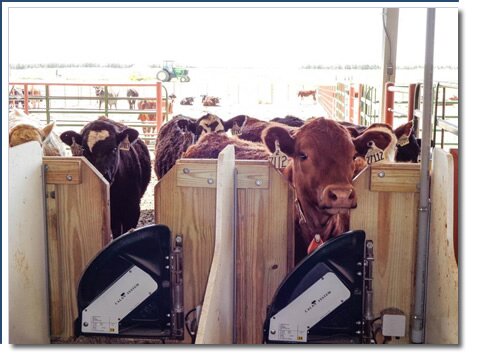A: There might be two types of interactions that are of interest. One is the interaction between genes. From a selection standpoint, we are interested in the additive genetic effects, and thus gene x gene interactions might not be critical to capture. The other interaction in Genotype x Environment. This is important to quantify and the current project is evaluating potential Genotype x Environment interactions where Environment is defined as different diet types. If Genotype x Environment interactions do exist, we can accommodate those in the way we develop genomic prediction equations.
-Dr. Matt Spangler, University of Nebraska Beef Genetics Extension Specialist
A: The current project seeks to develop genomic predictors that can be included in National Cattle Evaluation across multiple breeds utilizing 50K and 770K (panels including either 50,000 or 770,000 SNP) genomic assays. That is a critical difference, the expansion to multiple breeds. In doing so, the current project is building large phenotypic resources to develop these genomic predictions, given that we know more information used to develop these tests means higher accuracy tests. The other critical difference is the use of higher density assays (e.g. 770K).
Additionally, the current project seeks to identify specific causes of genetic variation (identifying QTL).
-Dr. Matt Spangler, University of Nebraska Beef Genetics Extension Specialist

USDA-MARC
Initial Genome-Wide Association Study of Feed Intake Related Traits in Beef Cattle
National Program for Genetic Improvement of Feed Efficiency in Beef Cattle Update
Feed Efficiency Terms Defined

Watch for more information available from
Iowa State University Beef Center